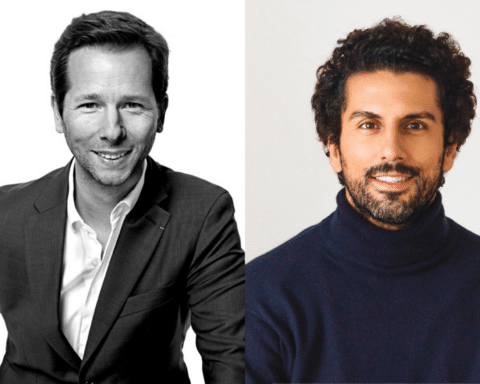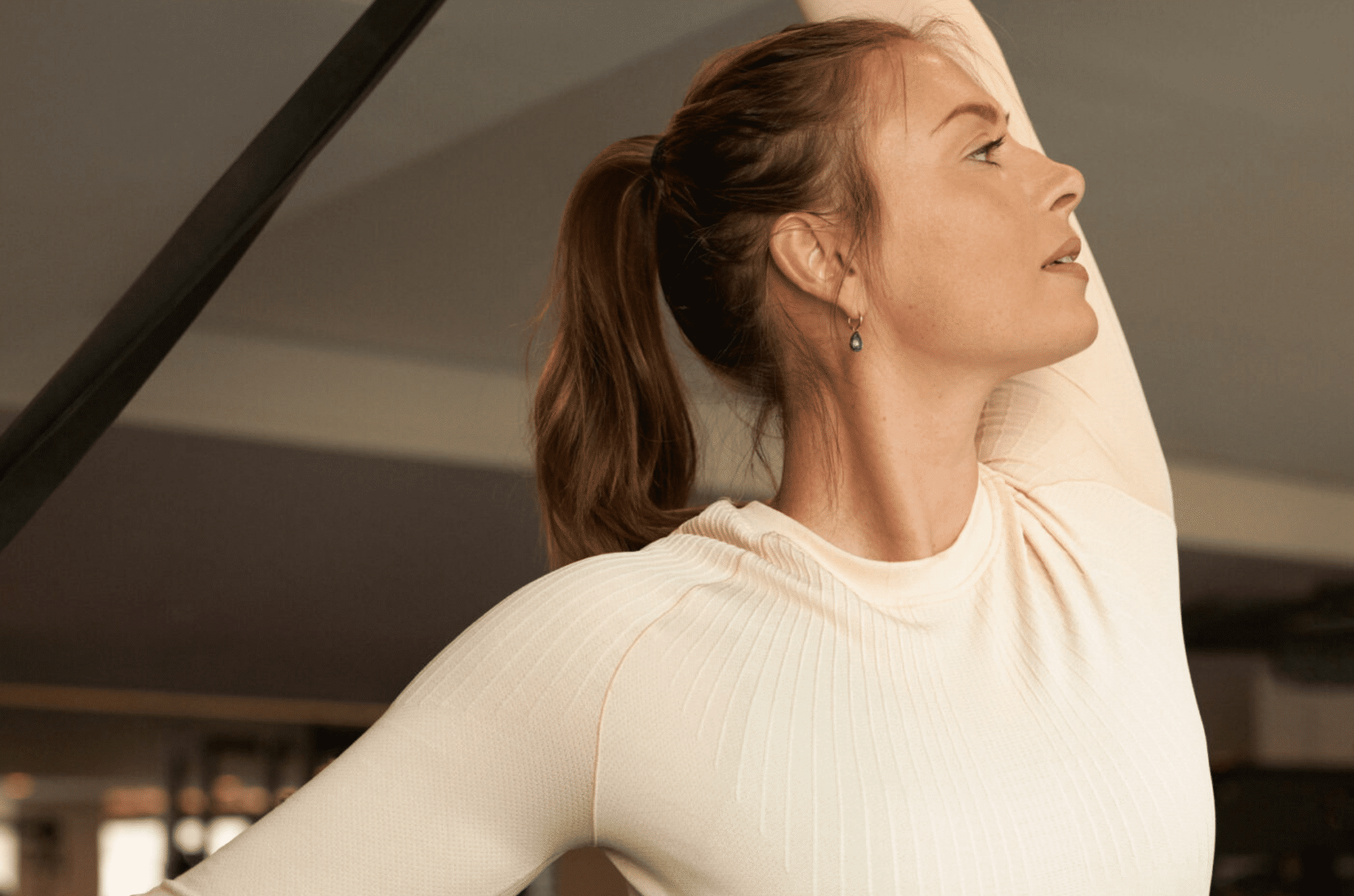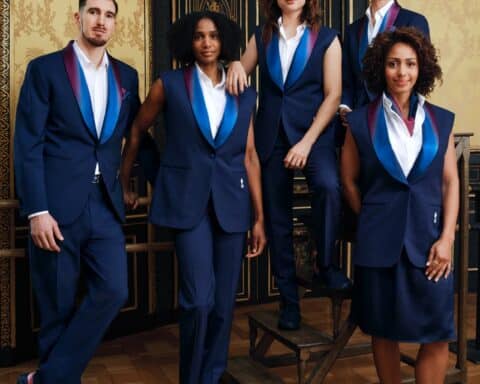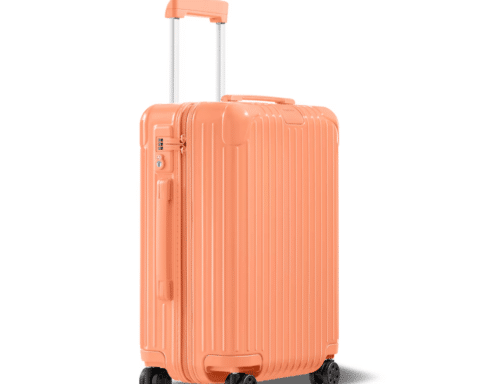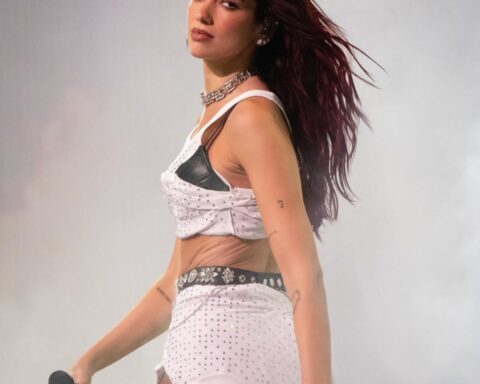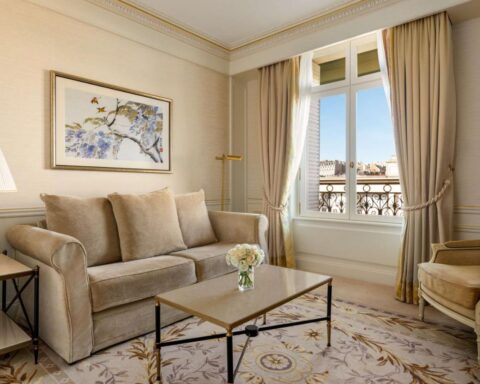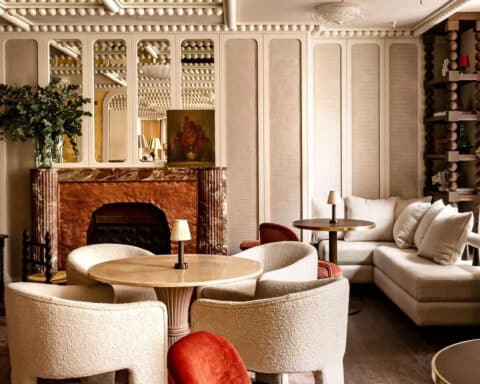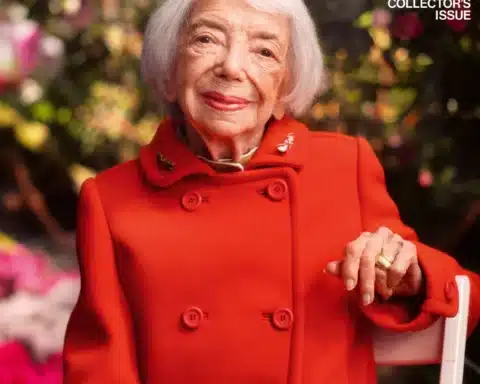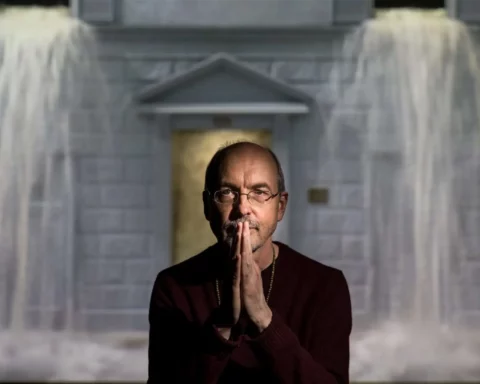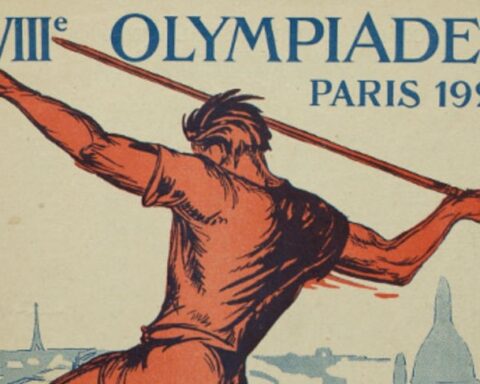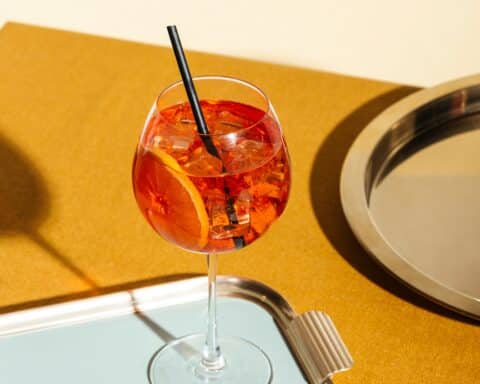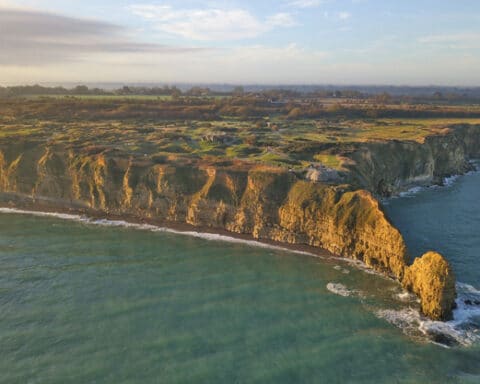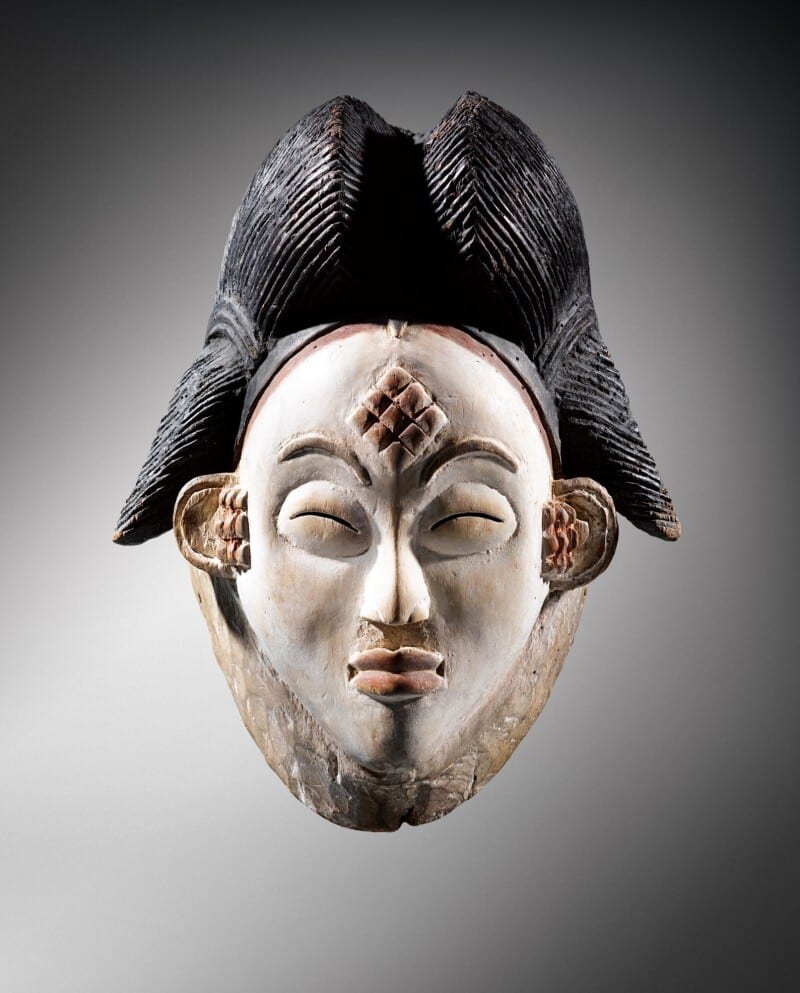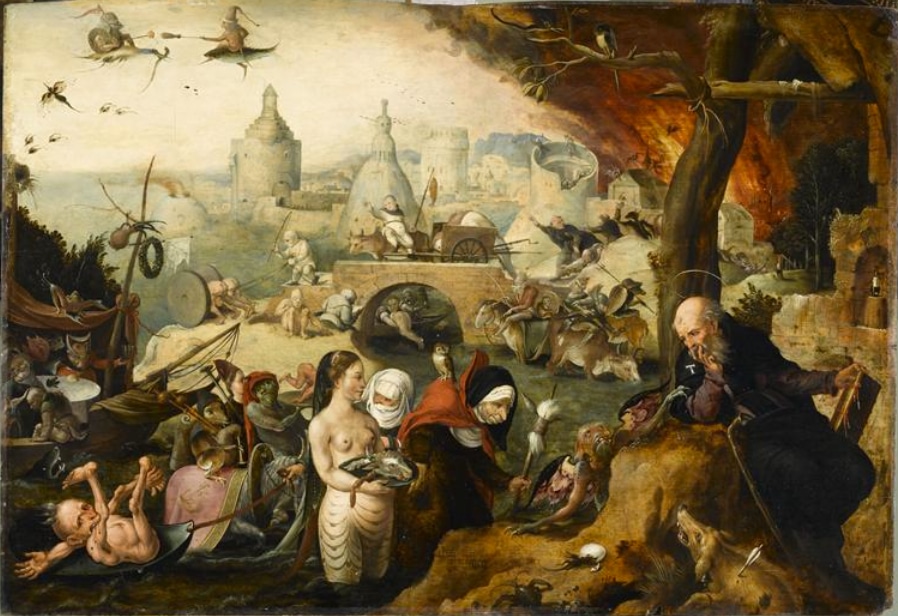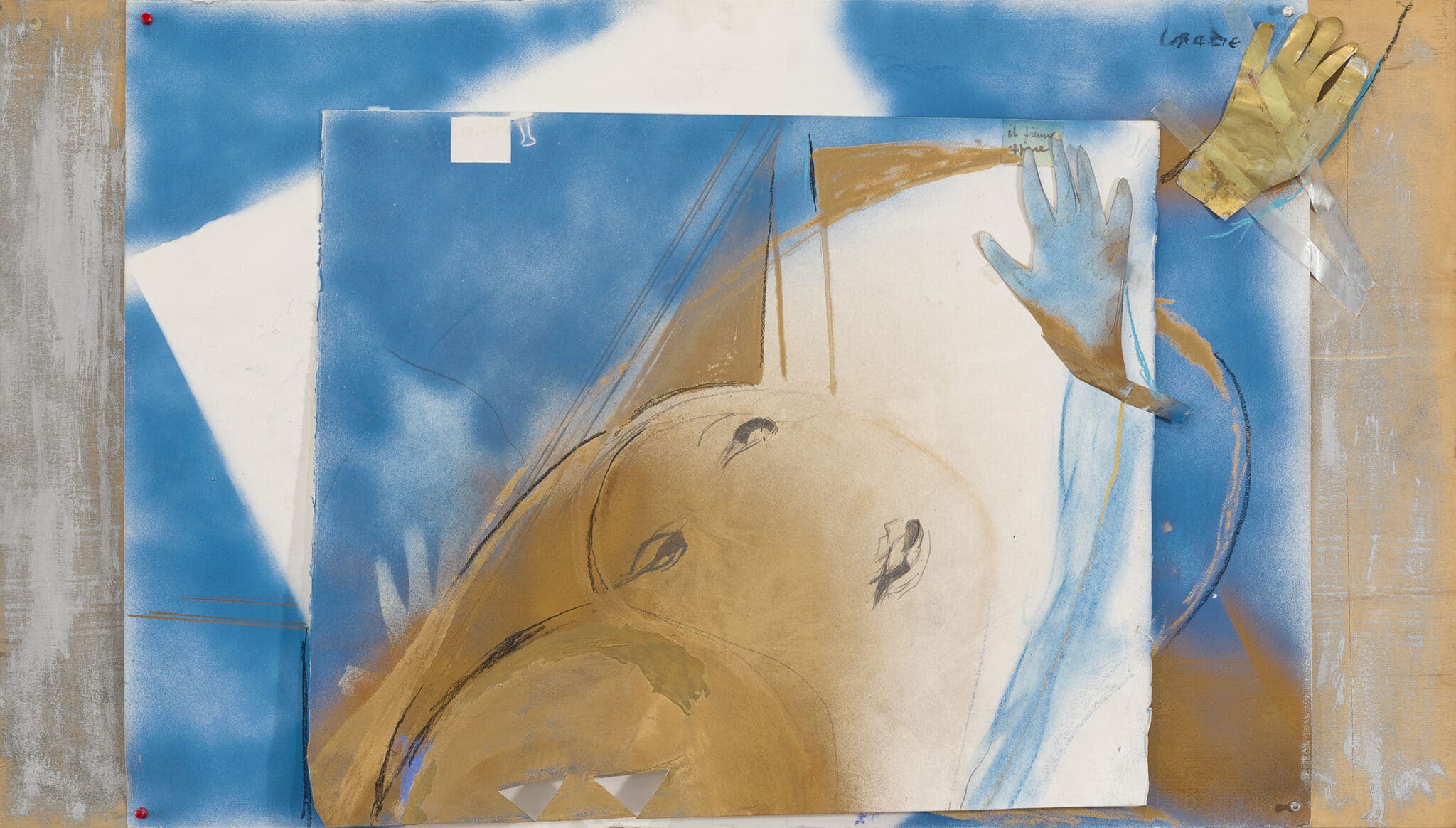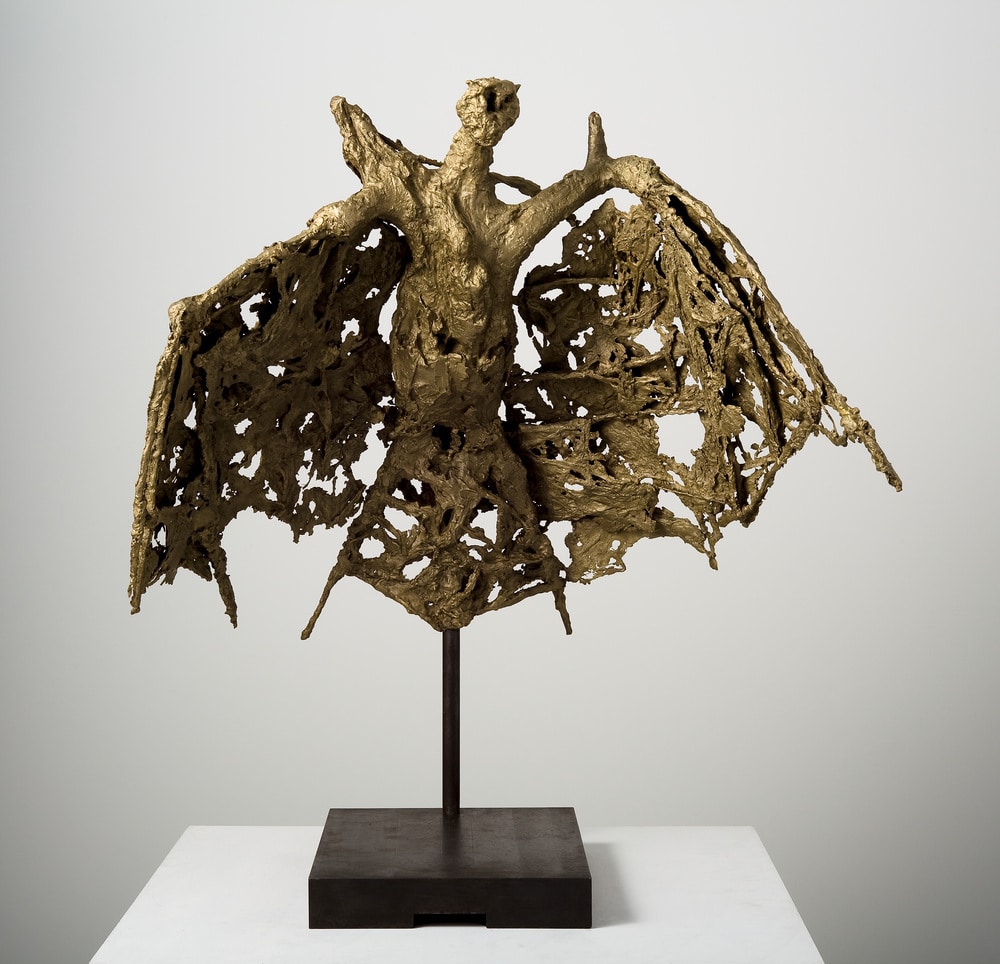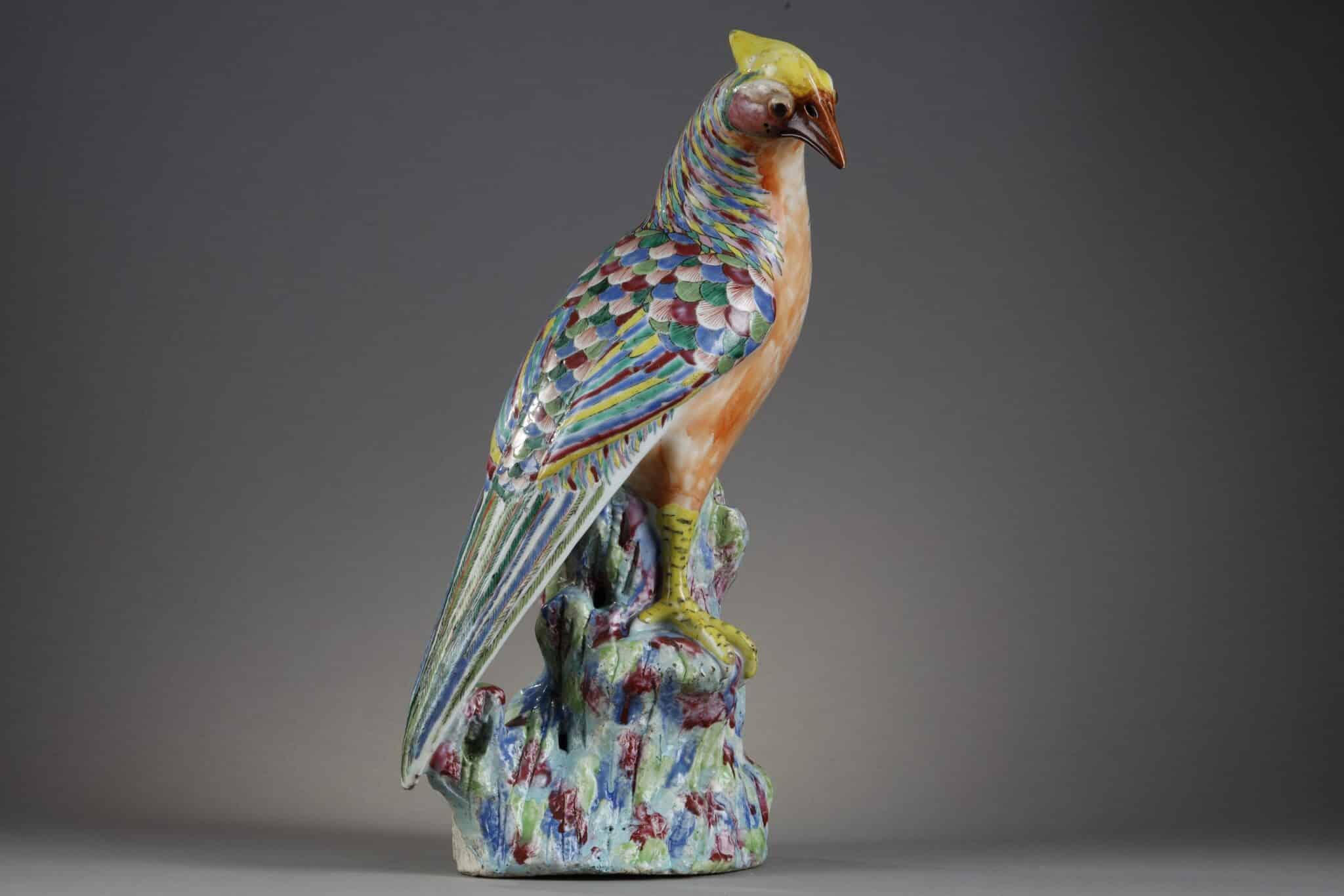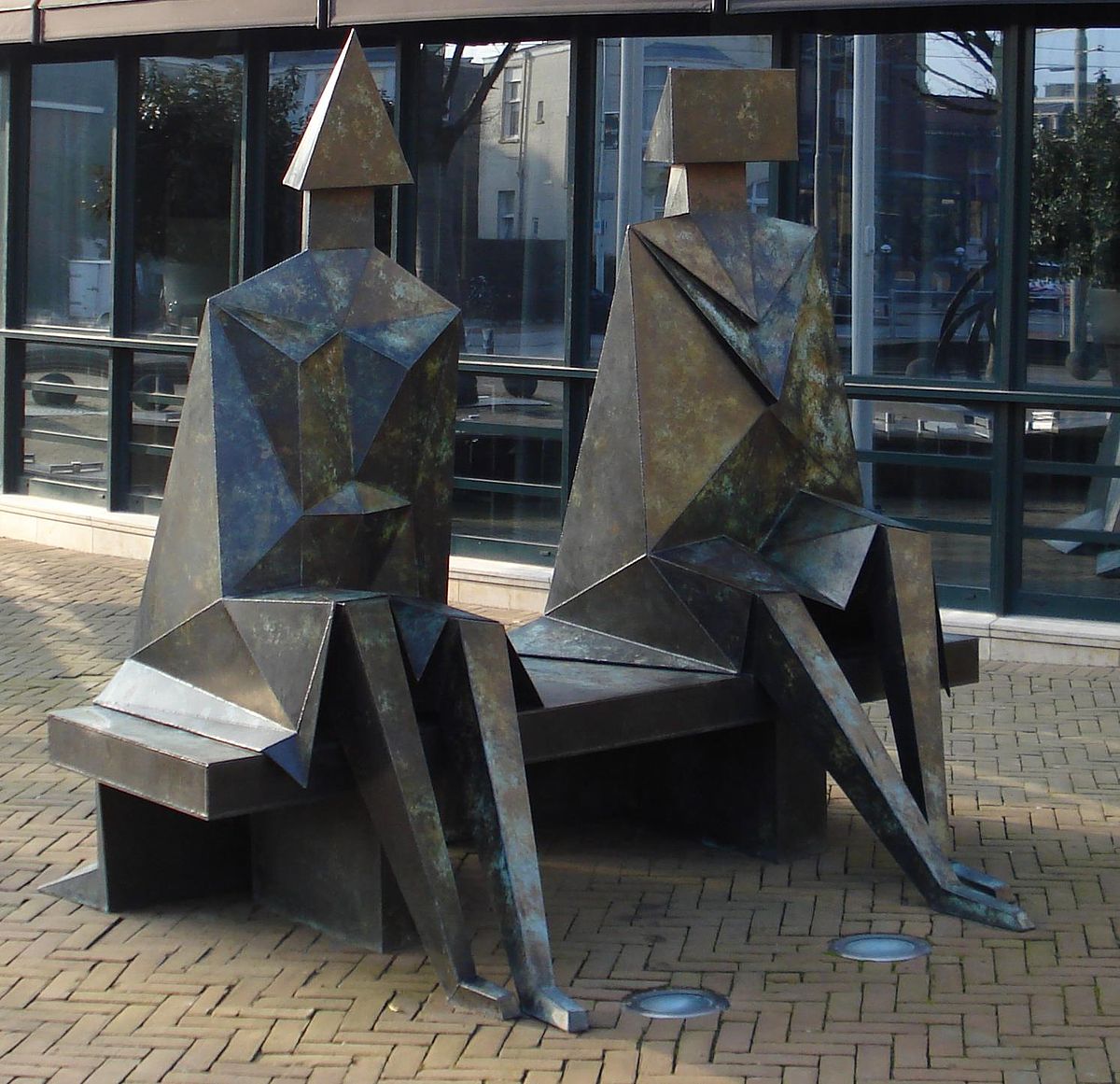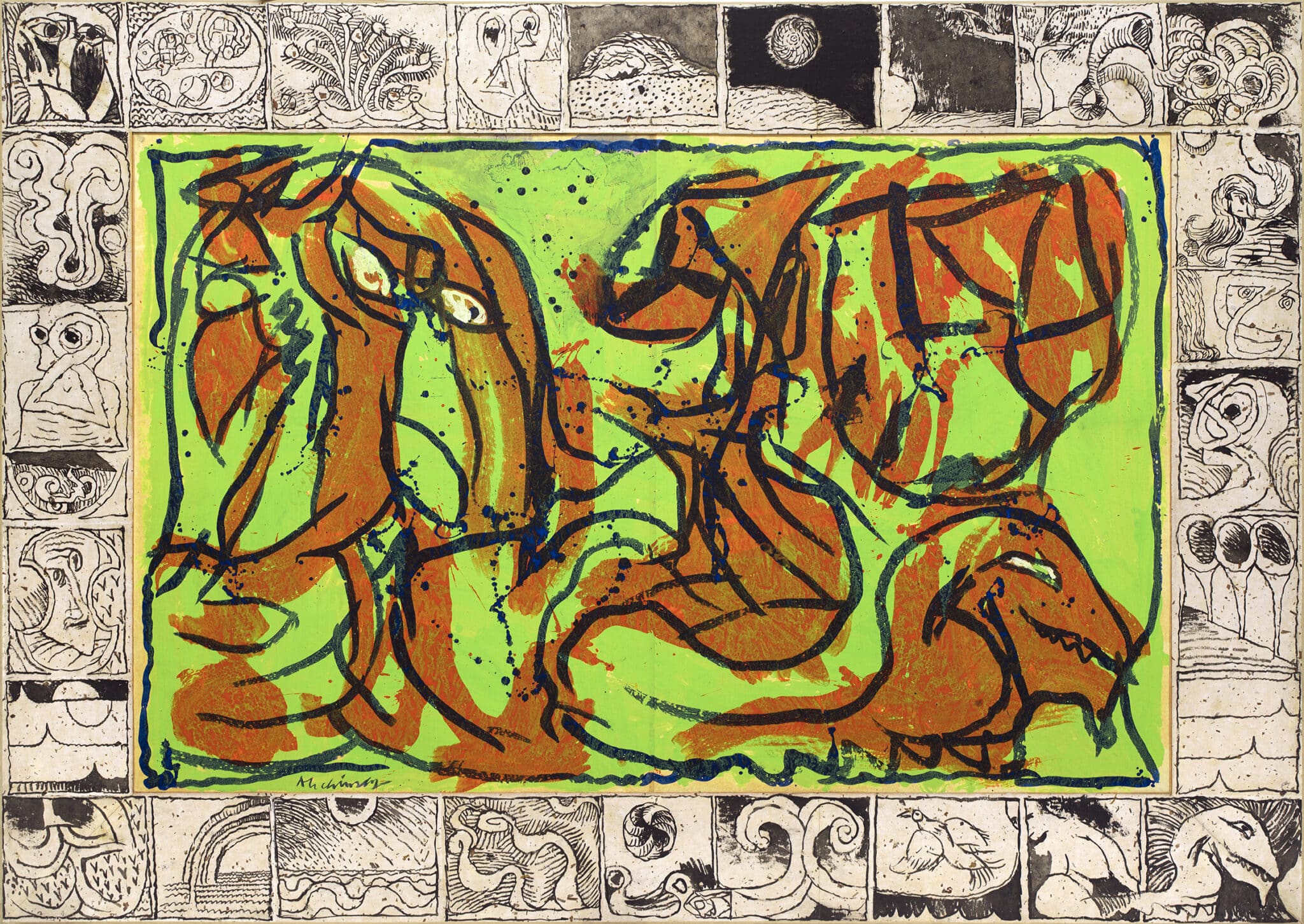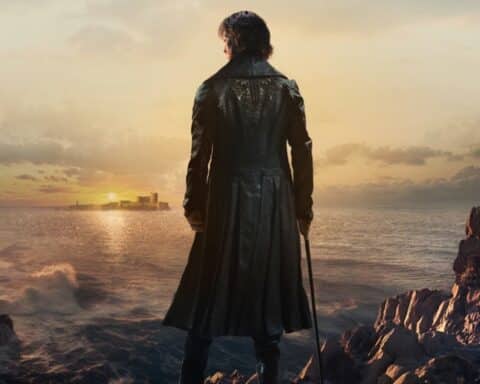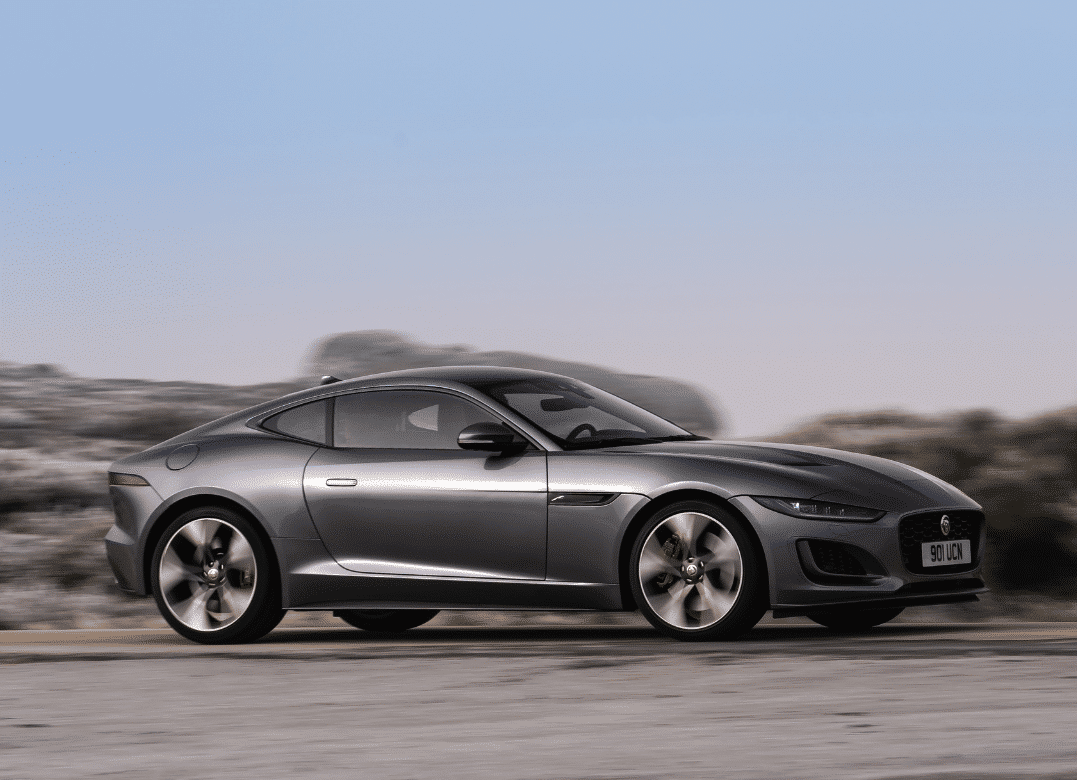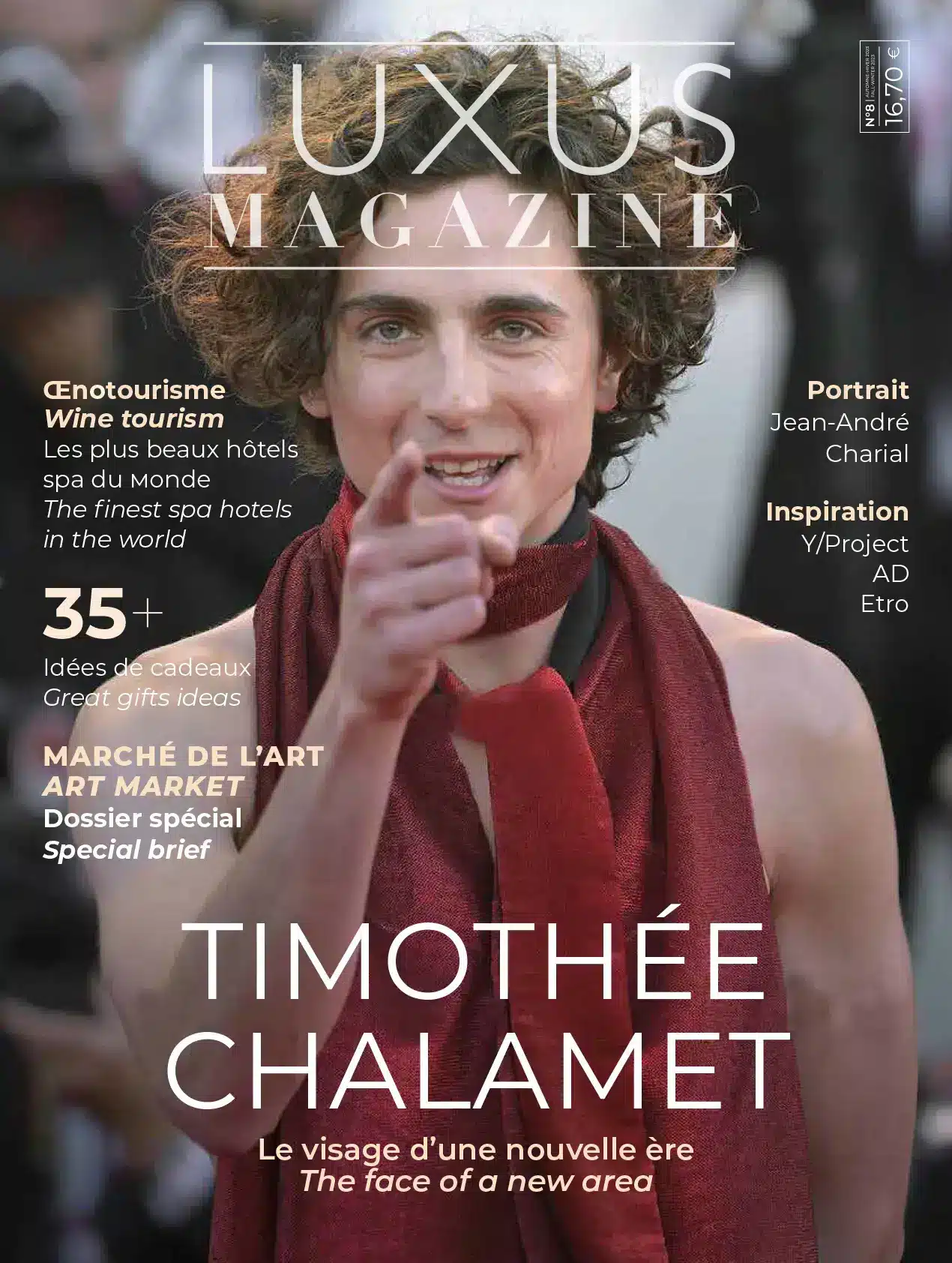The 68th edition of the Brussels Art Fair (BRAFA) opened its doors on January 19 at Brussels Expo, in a setting based on the theme and signs of Art Nouveau. It will remain open to the public until February 5. Renowned for its range of specialties, the fair brings together collectors from all over Europe and beyond. Our advice for a successful visit.
Art Nouveau is omnipresent in the architectural heritage of Brussels. But as soon as you enter the Brussels Art Fair (BRAFA), that’s where the magic really happens. Created in 1956, BRAFA is one of the oldest and most prestigious art fairs in the world. With the theme of Art Nouveau, the 68th edition of the Brussels Art Fair brings together no less than 10,000 works dating from antiquity to the present day, presented by 130 internationally renowned galleries from 15 countries. The stands offer a veritable journey of almost endless discovery. Prior to the opening of the Fair, paintings, furniture, art objects, jewelry, sculptures and more are studied by more than 80 experts from around the world, analyzed by a scientific laboratory and checked by the Art Loss Register.
What makes BRAFA so special is the originality of the works presented and the eclecticism of the fair. “Diversity and upward mobility are essential impulses that animate any healthy and dynamic society that at the same time assumes its primary values and projects itself in visionary advances. BRAFA is a microcosm that reflects this approach in a world where technology transcends the material, which then accesses a sphere that highlights the wealth of an artistic heritage with a thousand nuances”, said Christian Vrouyr, Secretary General of BRAFA.
Here are some exceptional works that we have spotted for you :
Mask, Mukudj Punu, Gabon, late 19th-early 20th century (from Dalton Somare, Milan)
The mysterious look of this white Punu mask helps us understand why artists of the 20th century avant-garde considered these props as a source of inspiration and liked to hang them on the walls of their studios. Recognized among the aristocracy of African art, the white Punu masks express an ideal of feminine beauty that has profoundly influenced Deco aesthetics and remains absolutely contemporary.
Pieter Huys (1519-1584), The Temptation of Saint Anthony (from Galerie De Jonckheere, Geneva)
Pieter Huys is considered a member of the group of Antwerp painters who succeeded Hieronymus Bosch. The theme of this work explores the test of faith, depicting the choice between vice and virtue that is available to every human being.
Marisa Merz (1926-2019), Untitled, 2009 (from the Bernier/Eliades Galleries in Brussels and Athens)
Marisa Merz is one of the central figures and the only female artist participating in the historic Arte Povera art movement, an Italian art movement that emerged in the 1960s. Known for her use of unusual materials, such as copper wire, clay and wax, she creates sculptures and drawings that reflect a poetic sensibility and gently unfold her vision of art and life.
Germaine Richier (1902-1959) The Bat, 1946 (from Galerie de la Béraudière, Brussels)
It was after the Second World War that Germaine Richier introduced her famous hybrid figures, which would remain at the center of her experiments until her death in 1959. This work combines the body of a bat and the face of a human being. It was most likely created from the study of a real naturalized bat. Here, Richier uses a new technique of dipping rope fibers in plaster before draping them over the metal frame that forms the base of the animal’s wings, creating this effect of lightness and dynamism. This method was a great challenge for the Thinot foundry (Paris) which made the mold for the original edition.
Figure of a gilded pheasant on a rock, Qianlong period (1736-1795), circa 1750-1770 (from Galerie Bertrand de Lavergne, Paris)
This gilded pheasant is an admirable work of the Qing dynasty, under the Qianlong emperor, dating from the 18th century. The detail and the workmanship of the bird make it a very sought after and rare object because of its imposing size.
Lynn Chadwick (1914-2003) Seated Couple, 1990 (from Osborne Samuel Gallery, London)
Lynn Chadwick began, under the influence of his father, to work in a design firm, where he created his first mobile works. In the 1950s and beyond, he found his own way, giving a more down-to-earth feel to these works with geometric shapes welded together. In 1995, the artist stopped working, stating, “There are only so many things to say and only so many ways to say them and it’s all done now.”
Pierre Alechinsky (1927-) L’or du rien, 1967-1968 (from the Samuel Vanhoegaerden gallery, Knokke)
This work belongs to the group of works that Pierre Alechinsky created after the work ‘Central Park’. These works mark a turning point in Alechinsky’s work, as he switched from oil paint on canvas to acrylic paint on paper, which he then glued onto a canvas. In the mid-1960s, he learned this fast and flexible painting technique, which allowed him to forge his ‘graffiti’ of lines (which would later influence Keith Haring), signs, circles, plants and fabulous animals. It is about the first works comprising ‘notes of margin’, a series of graphic annotations bordering the four sides of the central image. Intended to complete the meaning of the painting, they are drawn here in great detail.
Read also > THE 11 MOST ANTICIPATED EXHIBITIONS IN THE WORLD IN 2023
Featured photo : ©PHILIPPE WOLFERS, PEACOCK TIARA BROOCH, ART NOUVEAU, FINE JEWELRY PERIOD

